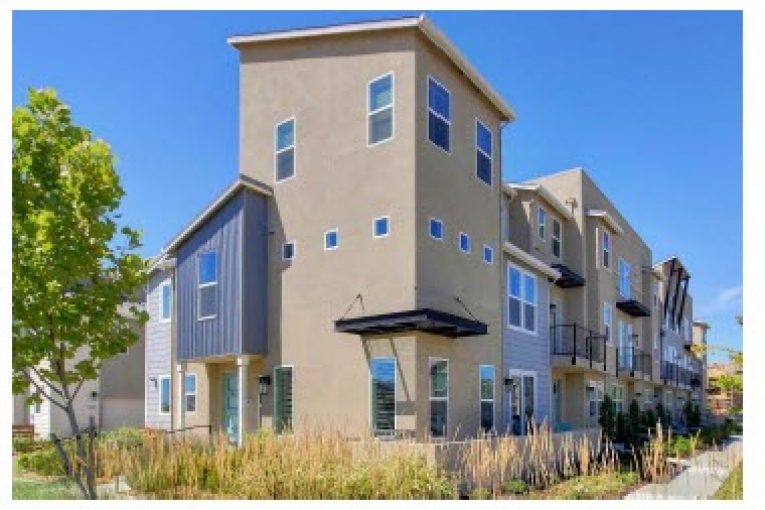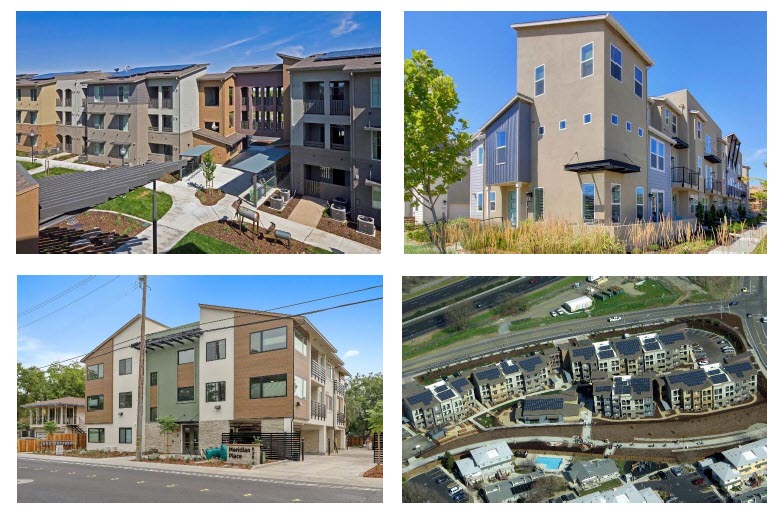

By David M. Greenwald
Executive Editor
Davis, CA – On April 3, the city of Davis received a letter from HCD (California Department of Housing and Community Development) informing the city that they are not in compliance with state housing law and thus their Housing Element has been rejected.
At next Tuesday’s council meeting, the council will receive a presentation from staff and the City’s consultant Stephanie Hagar of BAE on the letter from the HCD and then direct staff to implement a series of steps necessary to resubmit to HCD to achieve full compliance.
City staff noted that “many of the comments in HCD’s December 8, 2021, letter were satisfactorily addressed,” at the same time, they identified seven additional comments that need to be addressed prior to certification.
In response to the HCD comment about local governments making “a diligent effort to achieve public participation of all economic segments of the community in the development of the Housing Element,” staff responded that three public hearings were held on the second version of the Housing Element.
They acknowledged “staff became aware that Legal Services of Northern California did send the letter shown as Attachment 3 to HCD during the review period. In it, LSNC alleges that they were not made aware of the revision process.”
Nevertheless, the city notes, “Public hearing notices were emailed to concerned agencies advertising the public hearings to be held on January 15, and January 31, 2023. Those notices were sent to the same agencies as listed on Attachment 2.”
Therefore, “the City of Davis does not believe we have undercut the public’s opportunity to participate.”
Second, HCD noted that there must be “[a]n inventory of land suitable and available for residential development, including vacant sites and sites having realistic and demonstrated potential for redevelopment during the planning period to meet the locality’s housing need for a designated income level…”
Further, “The element is unclear as to whether the existing development agreement for Nishi Student Housing was revised to comply with all applicable fair housing laws.”
City staff noted that they along with consultants met with HCD staff to discuss the concerns and believe the appropriate “information was put into the housing element” but which “apparently is still unacceptable to HCD.”
As a result “staff will be looking into providing a clarification to the development agreement that the Nishi project is subject to the fair housing laws and is not allowed to limit occupancy to just students.”
In addition, “HCD also suggests that the Housing Element should be revised to include expected timing and steps for annexation including pending site access for the Nishi project.”
Staff writes, “It should be noted that the City of Davis has been working with the Nishi developer since the Measure J/R/D approval. Furthermore, the developer has been working diligently with the Union Pacific Railroad and the UC Davis campus staff to acquire and obtain approval for a grade separated connection from the project site to the UCD campus, and campus, applicant, and city staff have been meeting diligently to arrive at a final layout for the crossing.”
One of the bigger points was the loss of mixed-use housing and 264 units of mixed-income housing at University Commons.
Staff said they were “optimistic that HCD would afford an opportunity for the City to determine where these units would be backfilled, however it is clear that HCD is requiring that identification of these backfill units must be completed prior to certification.”
HCD also notes “the element does not include a complete site analysis.”
Staff responded, “As the City works through the rezone process for the sites inventory, the need for additional analysis and resulting policy adoption will occur and be documented in our final submittal to HCD.”
HCD also expressed concern about the timeline for implementation.
The city responded, “The completion date for all of the programs will be re-evaluated and updated as the revisions are made to the Housing Element prior to final submittal to HCD. Staff does note that, despite having limited staff resources to both complete the Housing Element itself and to undertake implementation at the same time, a few of the programs and endeavors set forth in the Housing Element are already underway or completed…”
These including the Downtown Missing Middle housing and an update to the Affordable Housing Ordinance.
The city acknowledges, “The single most complex program remaining to be completed prior to certification of the housing element is to complete the necessary general plan amendments and rezones to make up the difference between our required number of available sites zoned to meet our Regional Housing Needs Allocation and what the city already has. In the lower income units, the city will need to make up for 472 units and in the above moderate income, the city will need an additional 227 units.”
Further, the city notes that, in order to be counted toward this Housing Element cycle for RHNA, it “requires that rezoning of the property must be completed and adopted for HCD to count it. Therefore, sites requiring annexation and/or Measure J/R/D voter approval could not be counted unless and until voter approval is achieved. Based on current election schedules this could not be achieved under any Measure J/R/D project until 2025 at the earliest.”
While the city manage has indicated to the Vanguard that finding those units is possible, they have not yet identified the parcels.
The city also acknowledged at the last meeting, that they would not be able to meet their RHNA requirements for certain in the next cycle without annexing and rezoning peripheral land.







It can’t be done.
There aren’t enough sites. They can’t get them rezoned in time.
Nothing is going on the ballot until 2025 at the earliest per city council.
Builders remedy already prevails.
Next step?
I agree with Don. What is the next step … for both the City and even more importantly the State.
Imposing the Builders Remedy on the City would appear to apply within the City Limits, but unless the Builders Remedy is also imposed on Yolo County, it does not appear that the State has any leverage with parcels that are outside the current Davis City Limits. So part of the next step will be HCD clarifying the boundaries of their authority.
Is that right? They literally said this? Please put a link to whatever you’re referring to. (Disregarding the fact for the moment that they don’t even know what that allocation will be.)
If what you’re describing is accurate, staff is creating a situation in which voters are blackmailed into approving a peripheral proposal, regardless of Measure J. Or so it’s implied.
It simply does not work this way, in regard to land outside of cities.
HCD does not look at land outside of cities in regard to RHNA requirements, other than the requirements they might implement for counties – not cities. In fact, I don’t think that they consider farmland or other open space at all, in regard to their allocations.
And again I ask (for probably the 20th time), how is it that other cities which aren’t expanding outward (e.g., along the coast) supposed to meet their requirements? Since neither David nor anyone else is able to answer this, any claim that Davis must “uniquely” approve peripheral development to meet their requirements should be viewed as a 100% false statement.
Large parking lots, some close to downtown and campus… a mobile home park in the county in South Davis (with no low income housing displacement)… low density, low value commercial on 2nd Street that basically backs onto 5th Street residential… DJUSD property on 5th and B… unbuilt or so far unapproved projects in Research Park… continuous victimization of wildlife… the contradiction of low income housing that requires car ownership… all of this makes it clear that the periphery can remain as such.